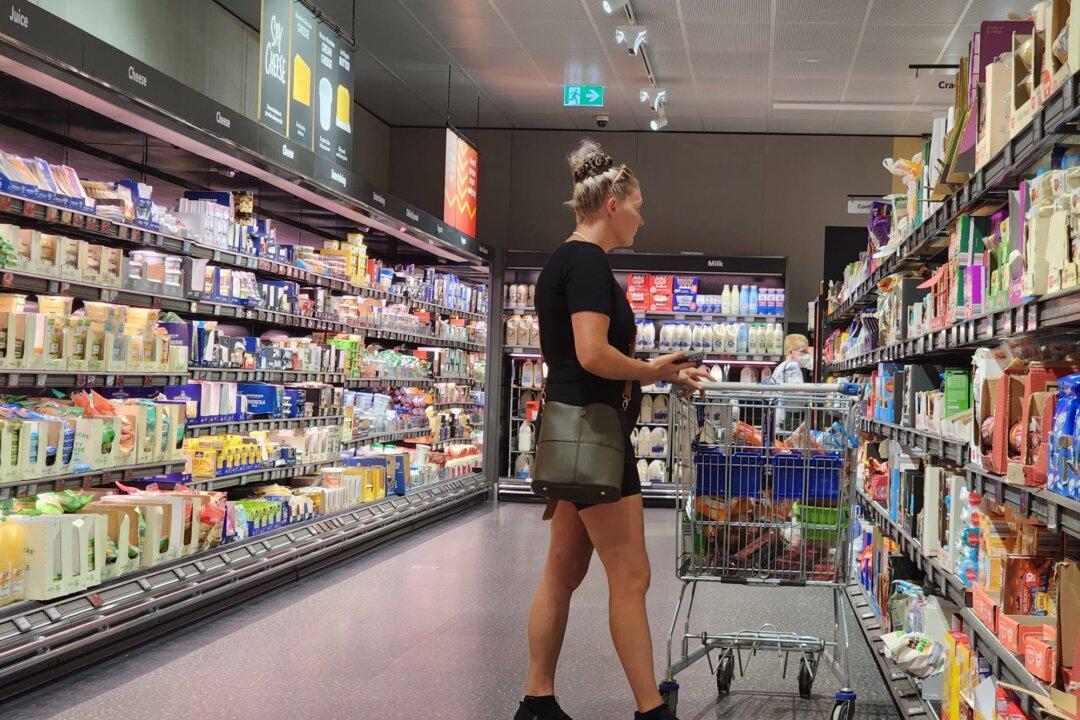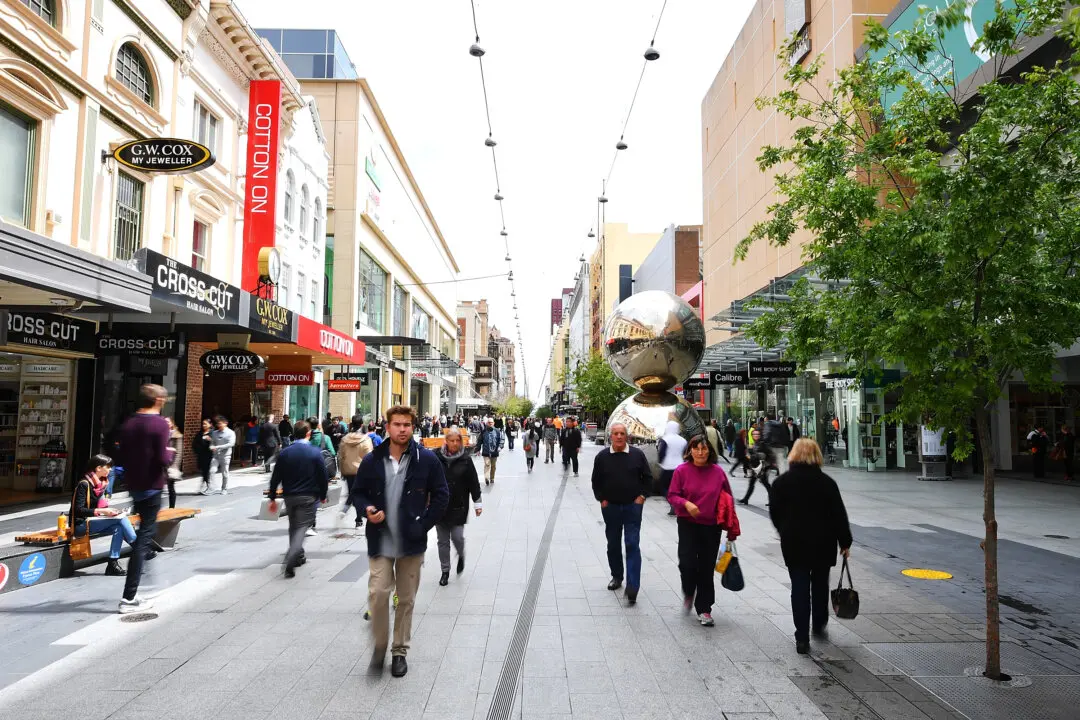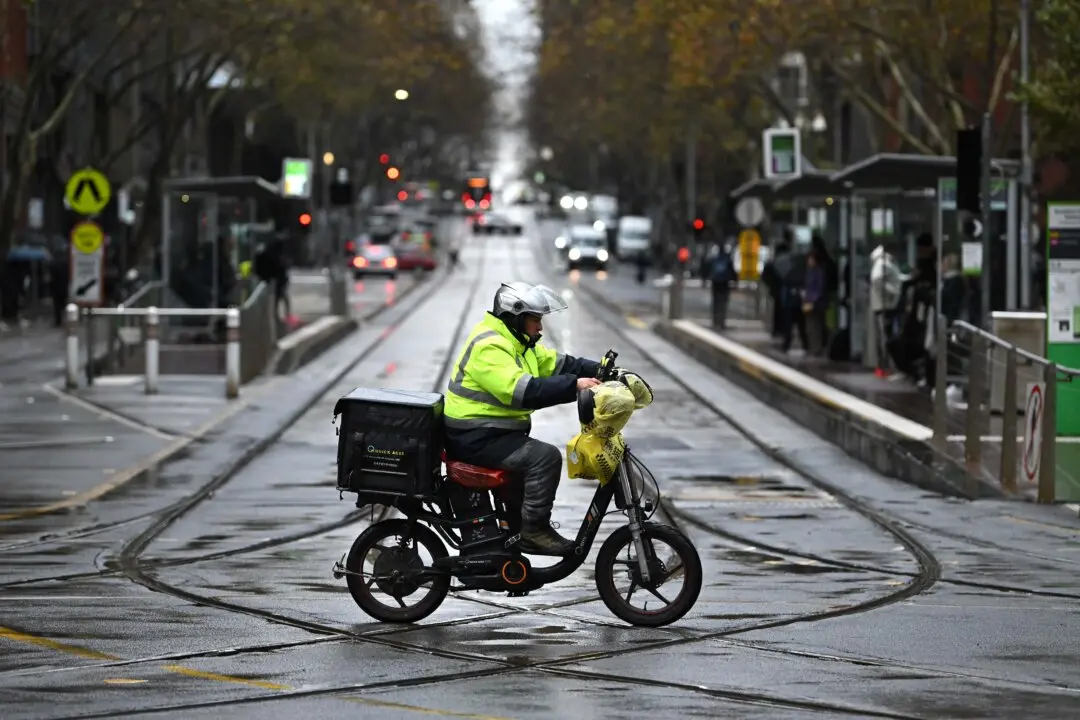The nation’s economy grew just over 1.5 percent in the 2023 year, statistics from the Australian Bureau of Statistics (ABS) show.
Australia’s Gross Domestic Product (GDP) rose from $600.5 billion (US$396.47 billion) in December 2022 to $609.8 billion in December 2023.





